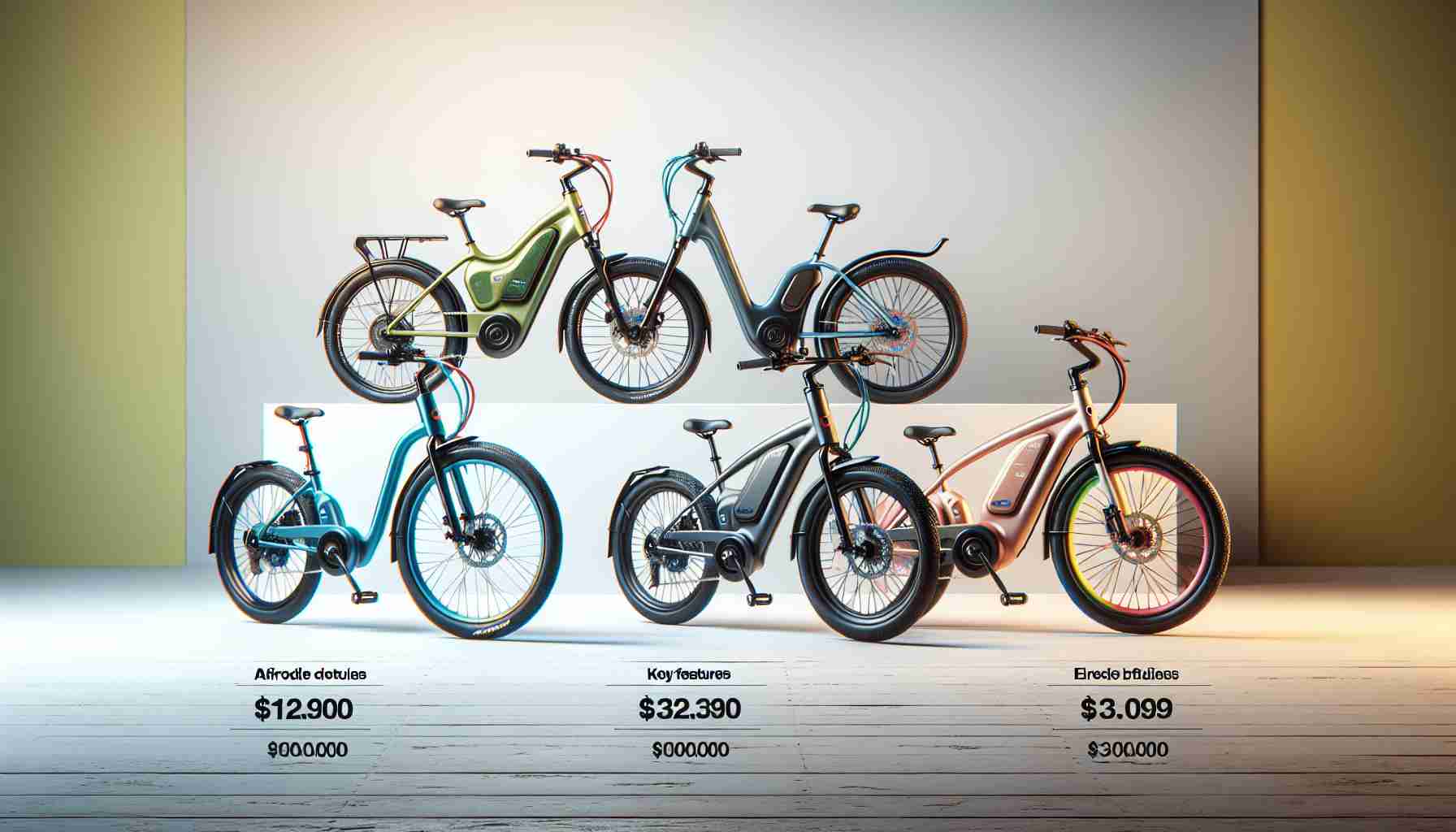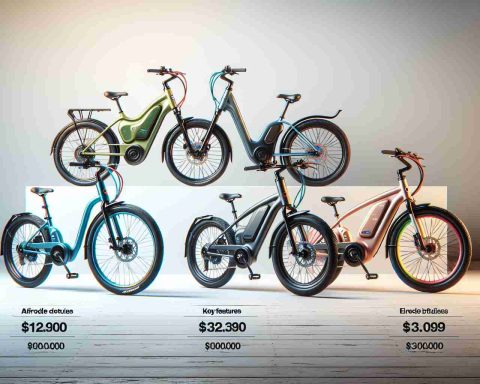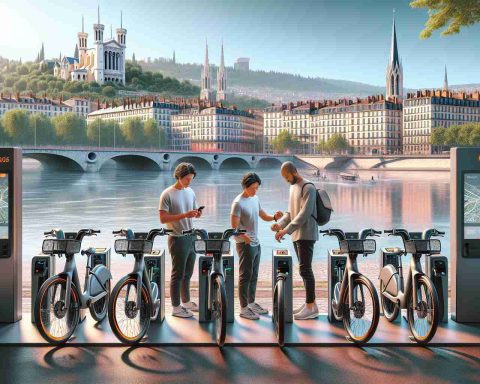Electric Bikes Versus Cars: The New Trend in Urban Transportation
Transitioning to eco-friendly urban transport is now easier than ever, thanks to the rising popularity of electric bikes. As more people seek sustainable commuting options, the demand for affordable electric bikes is on the rise. Here, we compare three top electric bikes under $2,000, offering a mix of style, functionality, and performance.
The Stylish Urban Cruiser: Crivit Urban E-Bike X.2 (Lidl)
Lidl’s Crivit Urban E-Bike X.2 combines style with practicality. With three levels of assistance and a 360 Wh battery providing up to 100 kilometers of range, this bike is perfect for city commuting. While its design may seem traditional, the integrated lights and rear cargo options make it a convenient choice for daily use. However, the location of the removable battery under the seat may pose some inconvenience.
The High-Performance Workhorse: Elops Longue Distance 500 (Decathlon)
Decathlon’s Elops Longue Distance 500 offers unmatched value for money. Boasting a powerful motor and a large 504 Wh battery capable of up to 115 kilometers on a single charge, this bike is ideal for long rides. Decathlon’s reputation for quality and service, along with the compact and discreet battery placement, makes it a top choice. The only downside is its weight, which may not be suitable for all commuters.
The All-Terrain Adventurer: Nakamura Crossover V (Intersport)
Intersport’s Nakamura Crossover V is designed for versatile urban and leisure rides. Featuring a robust 480 Wh battery providing nearly 100 kilometers of range, this bike handles various terrains with ease. While the battery size and weight are slightly bulky, the bike’s enhanced suspension and reinforced wheels ensure a smooth and comfortable ride. Ideal for daily commutes and weekend adventures.
In conclusion, the market for affordable electric bikes offers a range of options catering to different preferences and needs. Whether you prioritize style, performance, or versatility, these top picks prove that eco-friendly urban mobility can be both accessible and enjoyable.
Key Questions and Answers:
1. What are some additional important factors to consider when choosing an electric bike?
Answer: In addition to price, range, and battery capacity, it’s crucial to look at factors such as charging time, maintenance costs, warranty coverage, and the availability of service centers in your area.
2. What are the key challenges associated with owning an electric bike?
Answer: Some challenges include range anxiety (fear of running out of battery), limited availability of charging stations, potential theft of the bike or its components, and the need for secure parking spaces.
3. Are there any controversies surrounding the use of electric bikes in urban areas?
Answer: One controversy is the debate over whether electric bikes should be allowed on bike lanes designated for non-motorized bicycles. Some argue that the speed and power of electric bikes pose a safety risk to traditional cyclists.
Advantages and Disadvantages:
Some advantages of owning an electric bike include:
– Reduced carbon footprint and environmental impact compared to traditional vehicles.
– Cost savings on fuel and maintenance expenses over time.
– Health benefits from increased physical activity while pedaling.
However, there are also disadvantages to consider:
– Initial high cost of purchase compared to regular bicycles.
– Limited range may not be suitable for long-distance travel without recharging.
– Maintenance and repair costs for electric components can be higher than for traditional bicycles.
When weighing the pros and cons, individuals should evaluate their commuting needs, budget constraints, and willingness to adopt eco-friendly transportation options.
Suggested related links to the main domain:
– Decathlon
– Lidl
– Intersport












